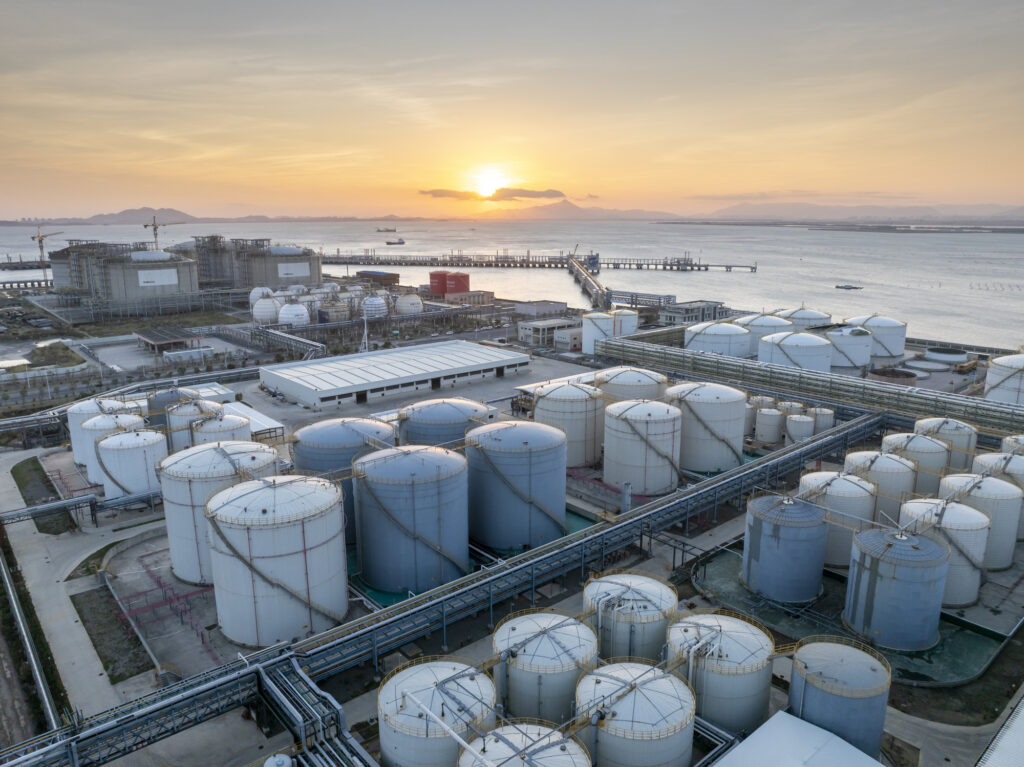A new study published in the Proceedings of the National Academy of Science has found air pollution from China is lowering air quality in the western United States. Thankfully, residents in this region may soon find relief from an unexpected source: hydraulic fracturing.
China has some of the most polluted air on the planet, in great part because they consume nearly as much coal as the rest of the world combined. Sulfur dioxide, nitrogen oxides (both of which are key contributors to acid rain), ozone, carbon monoxide, and black carbon are common Chinese pollutants.
The study states approximately 21 percent of China’s 2006 export-related air pollution was the result of manufacturing goods for export to the United States. Although much of this pollution stays in Asia or is deposited into the Pacific Ocean, some of it makes its way to the west coast of the United States, representing 12 to 24 percent of daily sulfate concentrations there and resulting in one or more additional days of ozone noncompliance in the United States, each year.
Enter hydraulic fracturing, natural gas, an uptick in U.S. manufacturing, and the potential for cleaner air on the West Coast.
Hydraulic fracturing, also known as “fracking,” has revolutionized natural gas production in the United States. Over the past five years, hydraulic fracturing has increased domestic natural gas production by nearly 20 percent, making the United States the leading natural gas producer in the world.
As a result, domestic natural gas prices have fallen dramatically and are much lower than prices in Europe and Asia, giving the United States a competitive advantage in energy-intensive industries such as manufacturing, steel and aluminum processing, and fertilizer production. Voestalpine, an Austrian steel firm, is set to open operations in the United States thanks in no small part to lower energy prices.
China produces nearly half of the world’s steel and is a major player in the fertilizer market, but as abundant, clean natural gas (burning natural gas emits just 1 percent of the sulfur dioxide emitted by coal) makes the United States a more competitive option, it could have the dual effect of creating American jobs and improving global environmental quality.
Since 2010, American manufacturing has regained a net 568,000 jobs. The Reshoring Initiative, an organization aiming to restore U.S. manufacturing, estimates 150 manufacturing companies have “reshored” or moved positions back to the United States, accounting for 80,000 jobs, approximately 15 percent of the total manufacturing jobs added.
Durable goods manufacturing contributed more than any other sector to U.S. economic growth in 2012, according to the most recent data available from the Bureau of Economic Analysis. The National Association of Manufacturers estimates hydraulic fracturing will lead to the creation of more than one million manufacturing jobs by 2025.
It is important to remember environmental conservation does not operate in a vacuum, and the actions taken (or not taken) in one country can affect the entire world. The United States has an opportunity to improve the air quality in Asia, the Arctic, the oceans, and our own backyard by encouraging American manufacturing with clean, affordable, natural gas produced from hydraulic fracturing.
Perhaps environmentalists in California, Washington, and Oregon will sleep better knowing hydraulic fracturing is clearing the air.
Isaac Orr ([email protected]) is a research fellow for energy and environmental policy at The Heartland Institute.





